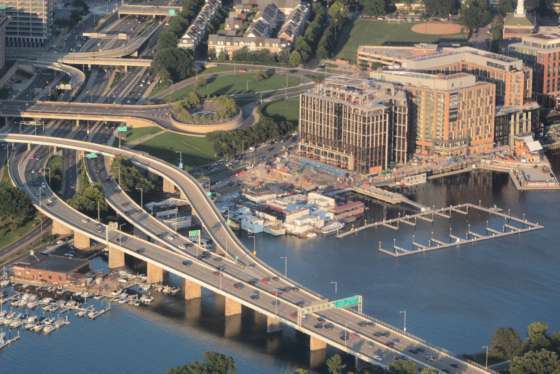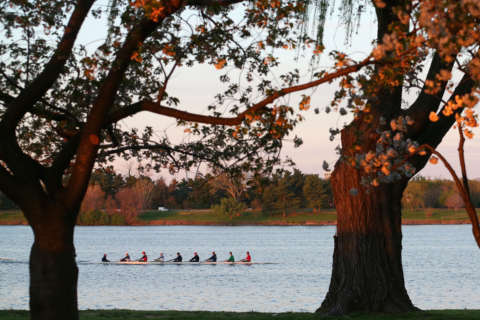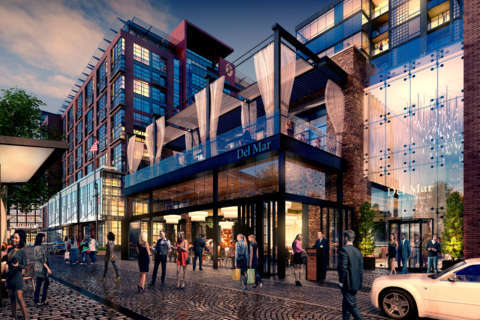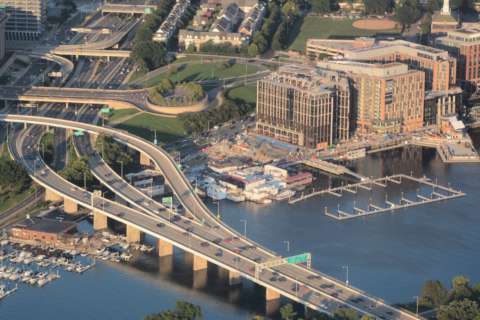Editor’s Note: This article is part of a five-part series on D.C.’s new Southwest Waterfront development, The Wharf.
WASHINGTON — D.C.’s Municipal Fish Market, also known as the Maine Avenue Fish Market, hasn’t changed in decades.
“It’s got its own character and it’s authentic, and we don’t want to ruin that. We love that. We’re embracing it,” Monty Hoffman, founder and CEO of PN Hoffman told WTOP.
Hoffman’s company, along with Madison Marquette, are the developers behind the massive mixed-use project along D.C.’s Southwest Waterfront called District Wharf.
And the Fish Market plays a key role, as the “gateway” to the entire development.
“It’s a valuable piece of property and offering that we are turning a lot of attention to, and we are doing it carefully and hopefully doing it great,” Hoffman said.
Dating back to 1805, the Fish Market is the oldest, continuously operating, open-air fish market in the nation. But changes are coming as part of the redevelopment of the Southwest Waterfront.
Although some customers aren’t even aware of it, the seafood businesses operate from barges parked in the Washington Channel.
Hoffman said the barges will stay, although he hopes to add a few new ones including one from Boston that will serve lobster.
Near the barges, a century-old oyster shed and lunch room will be overhauled and reopen as a Rappahannock Oyster Company restaurant.
Traveling along Maine Avenue, and easily seen from the road, is Nicholas Stefanelli’s three-story Italian market, restaurant and lounge.
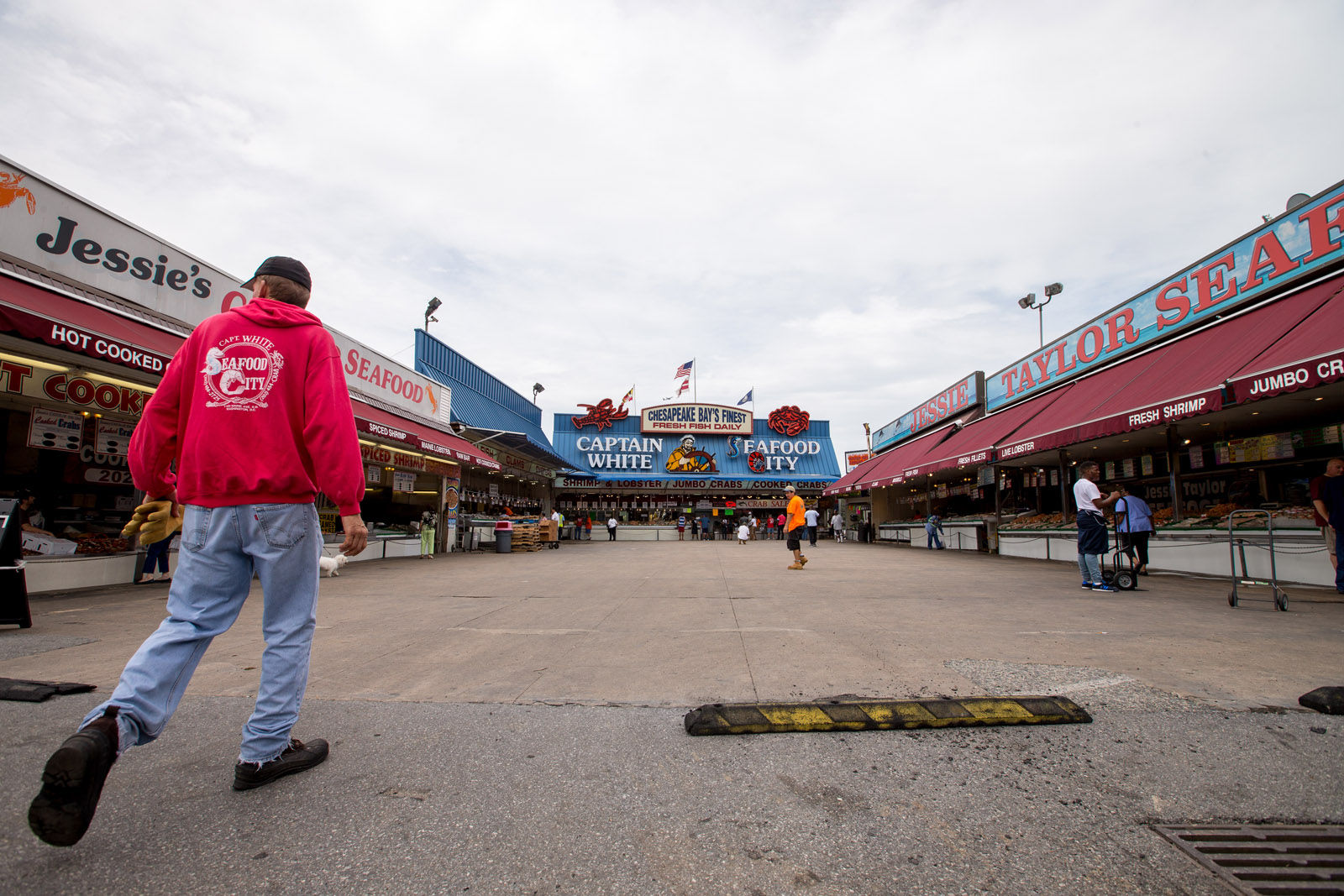
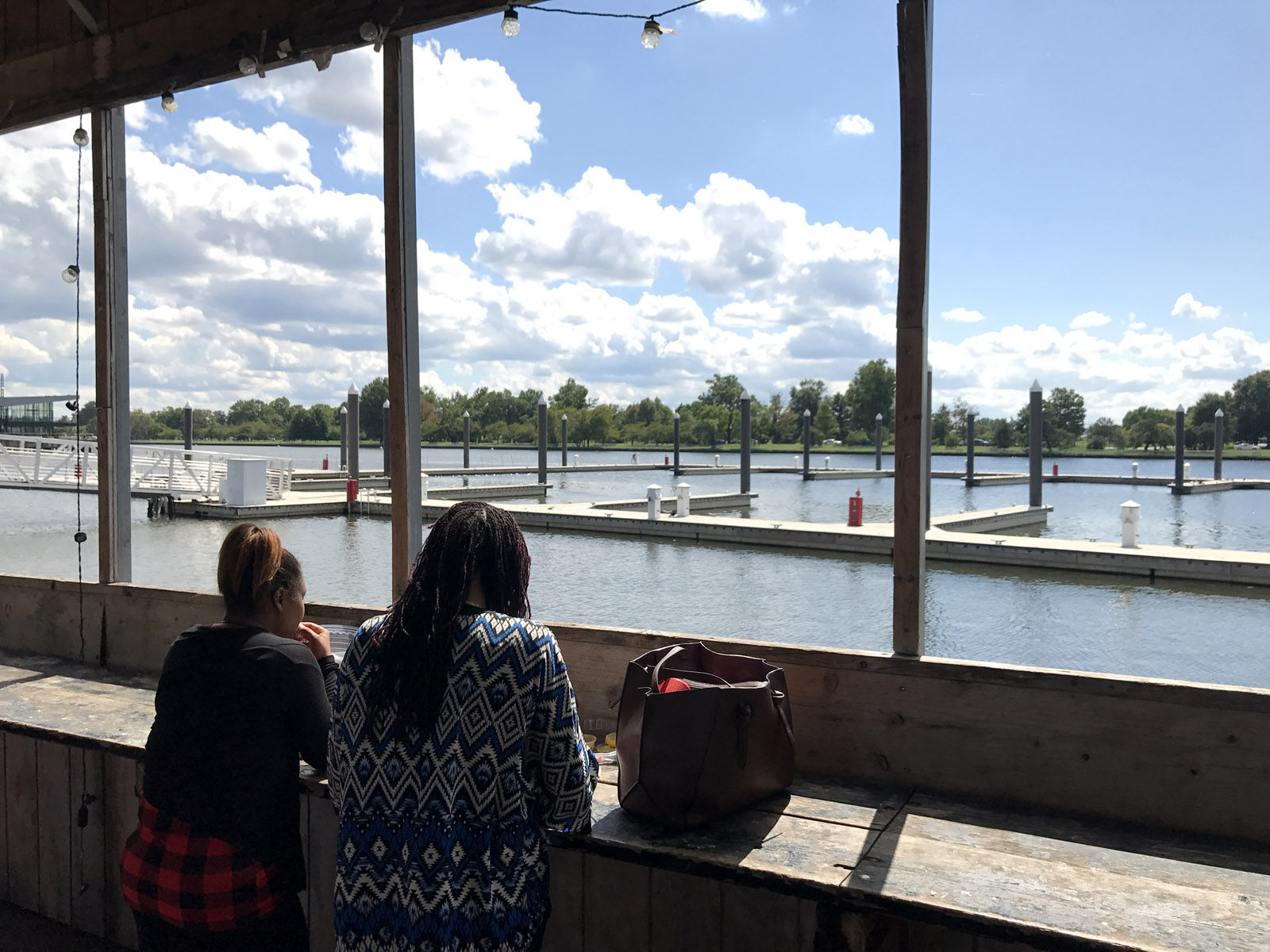
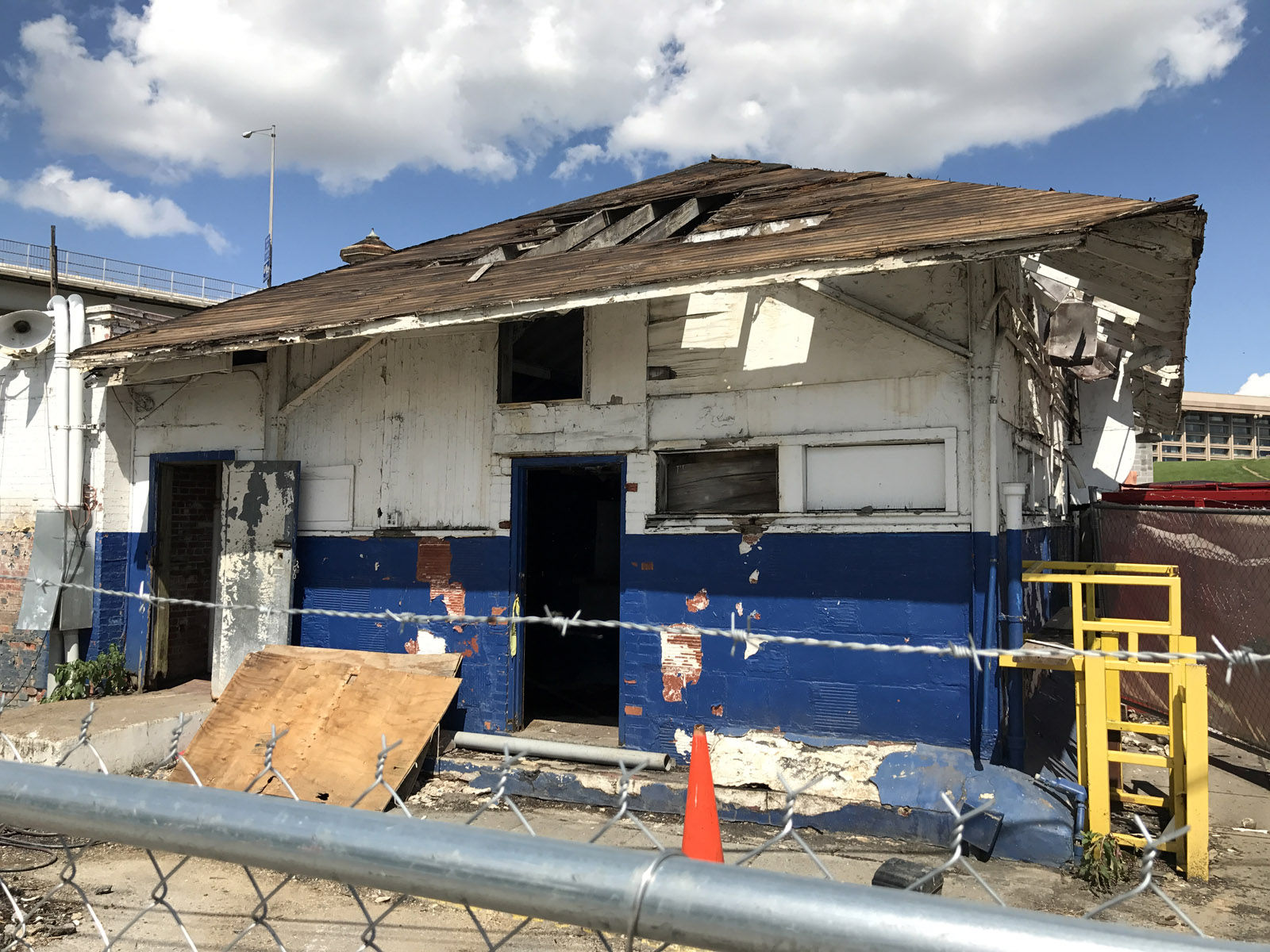

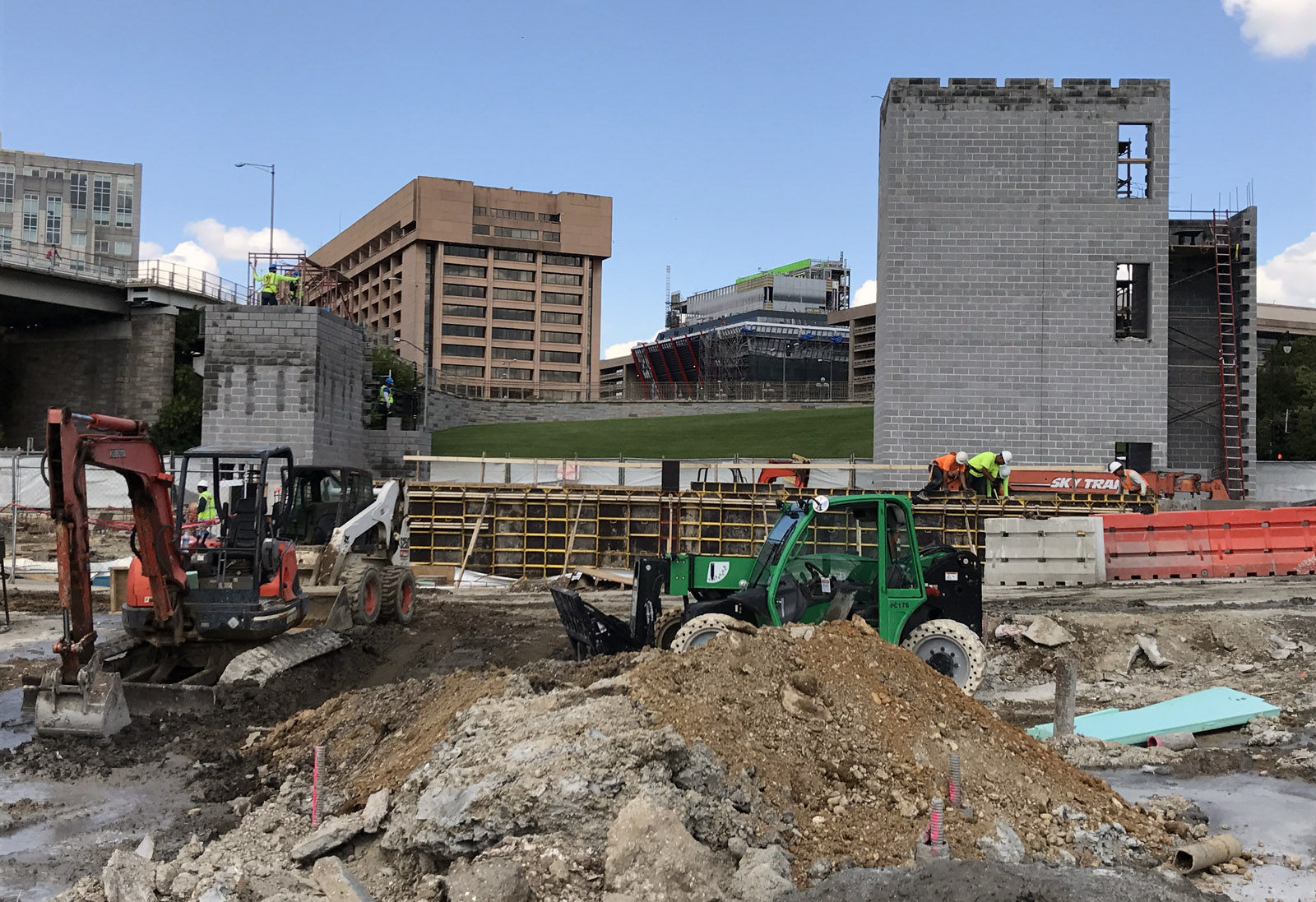
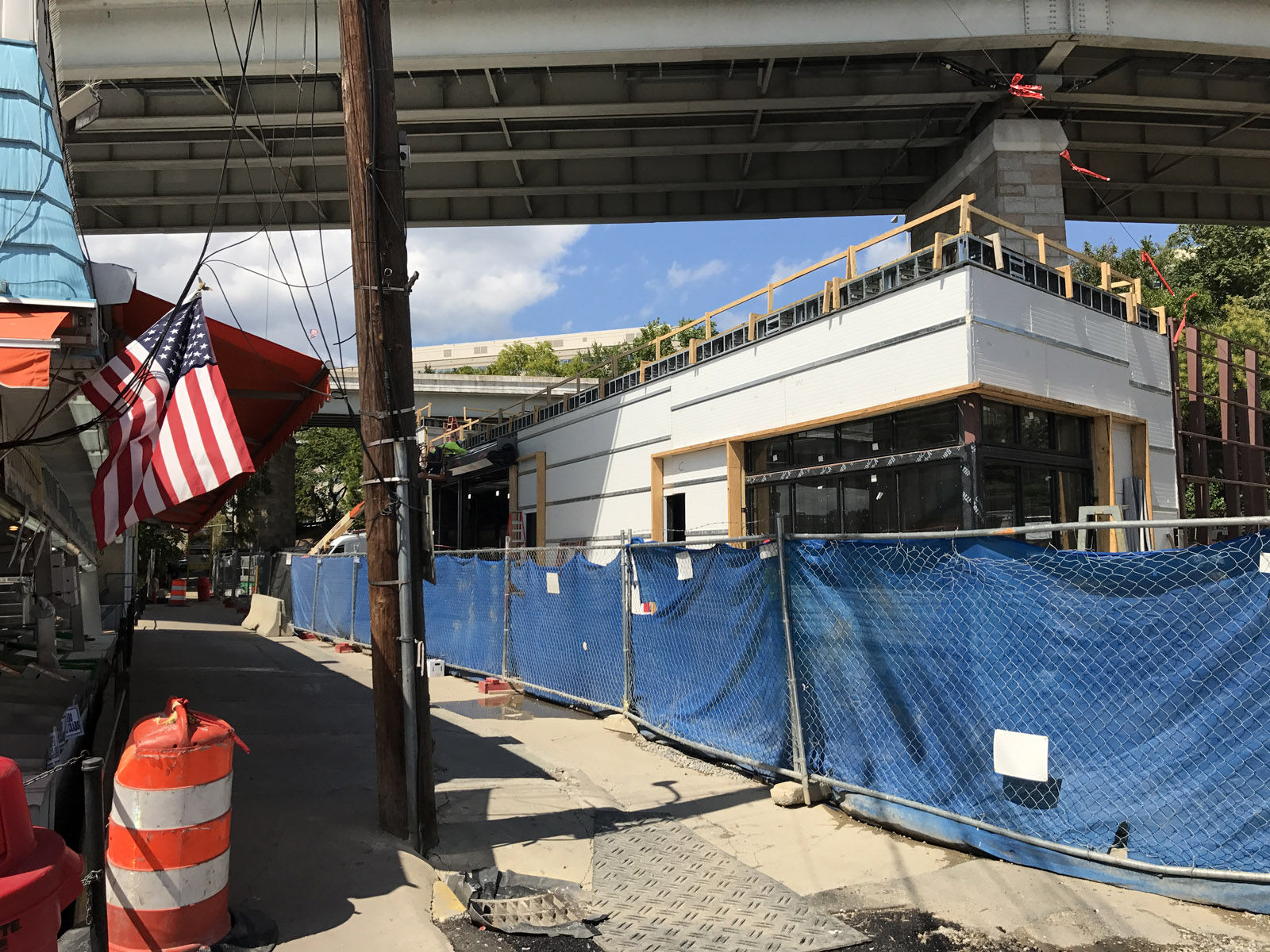
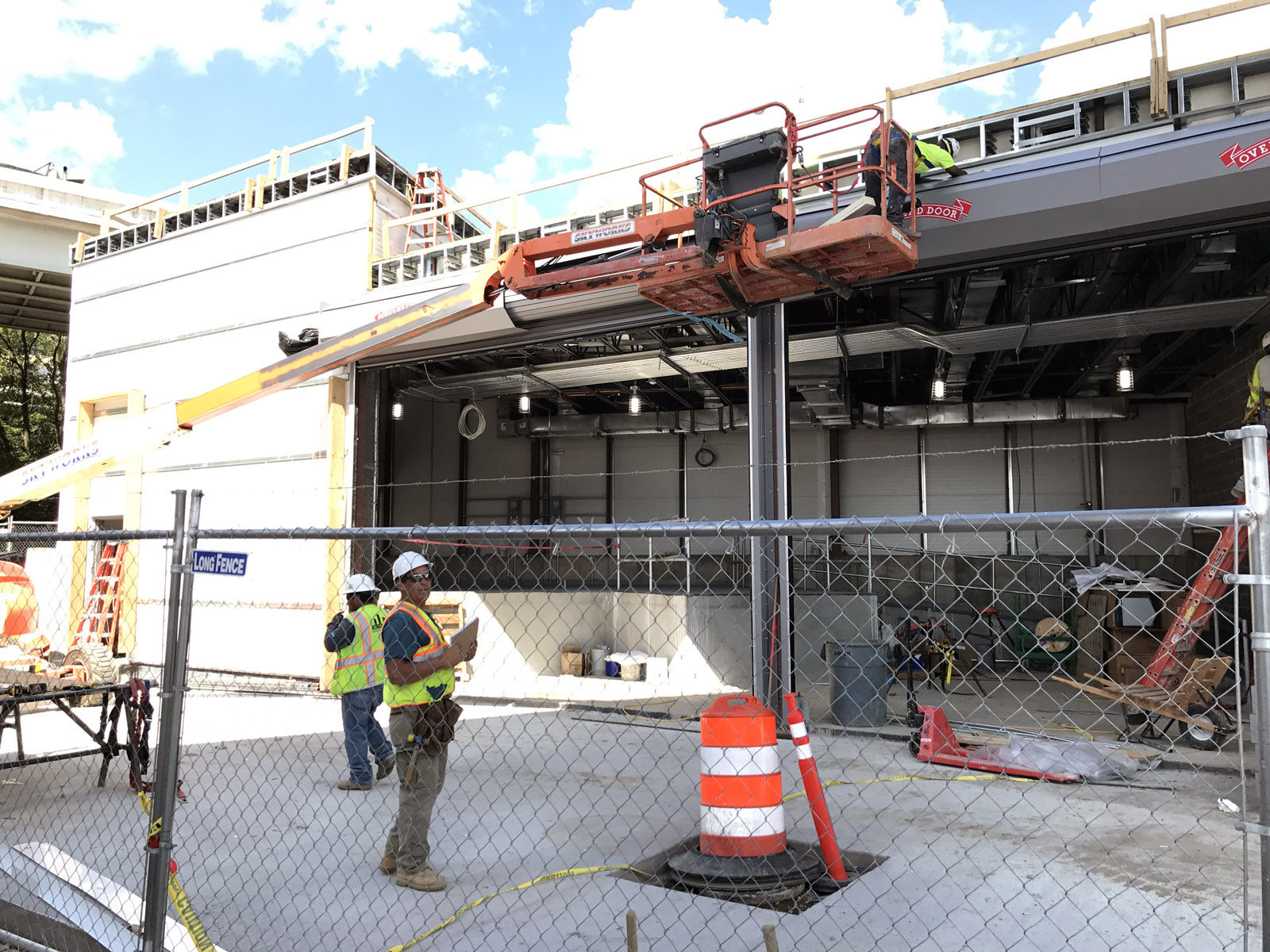
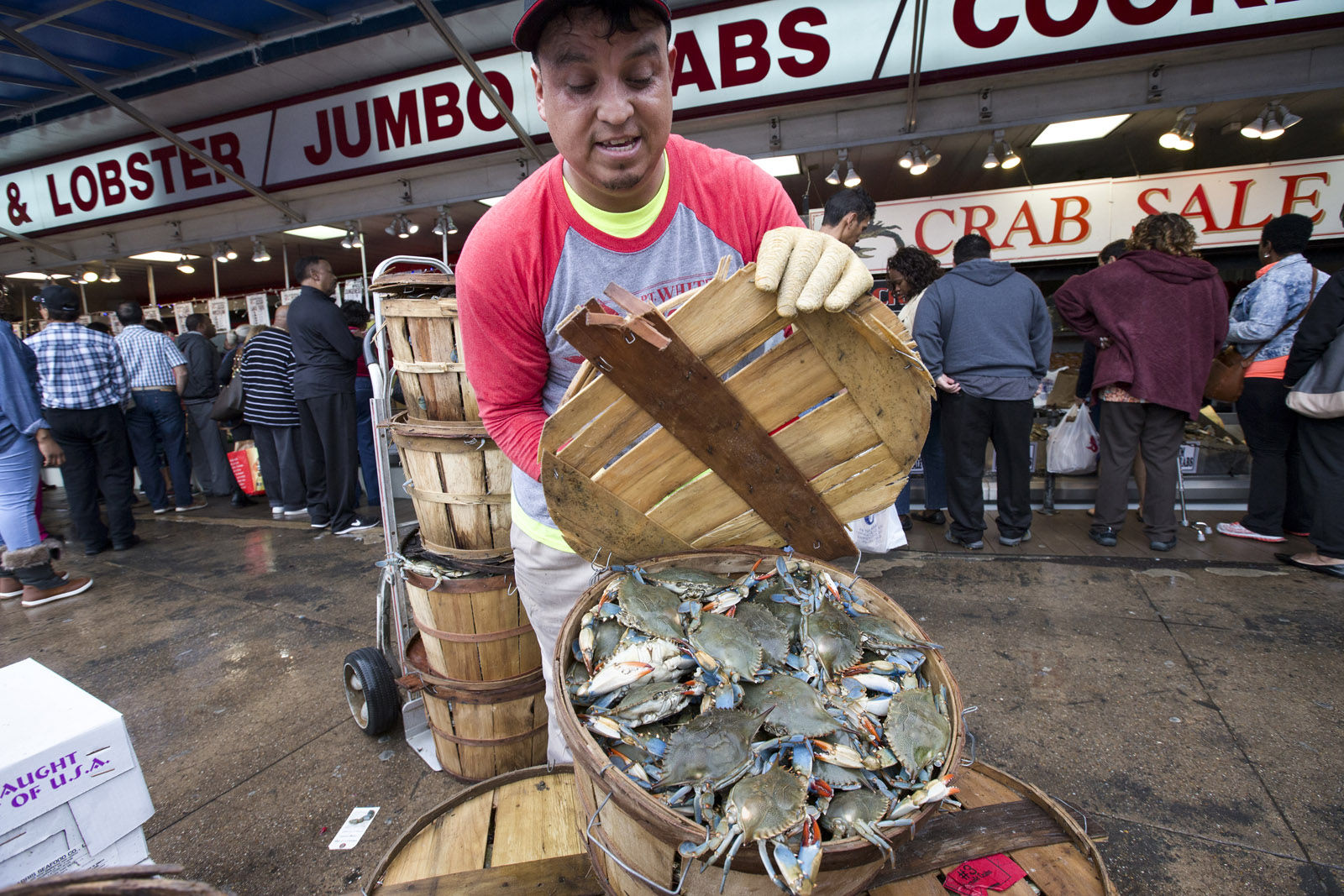
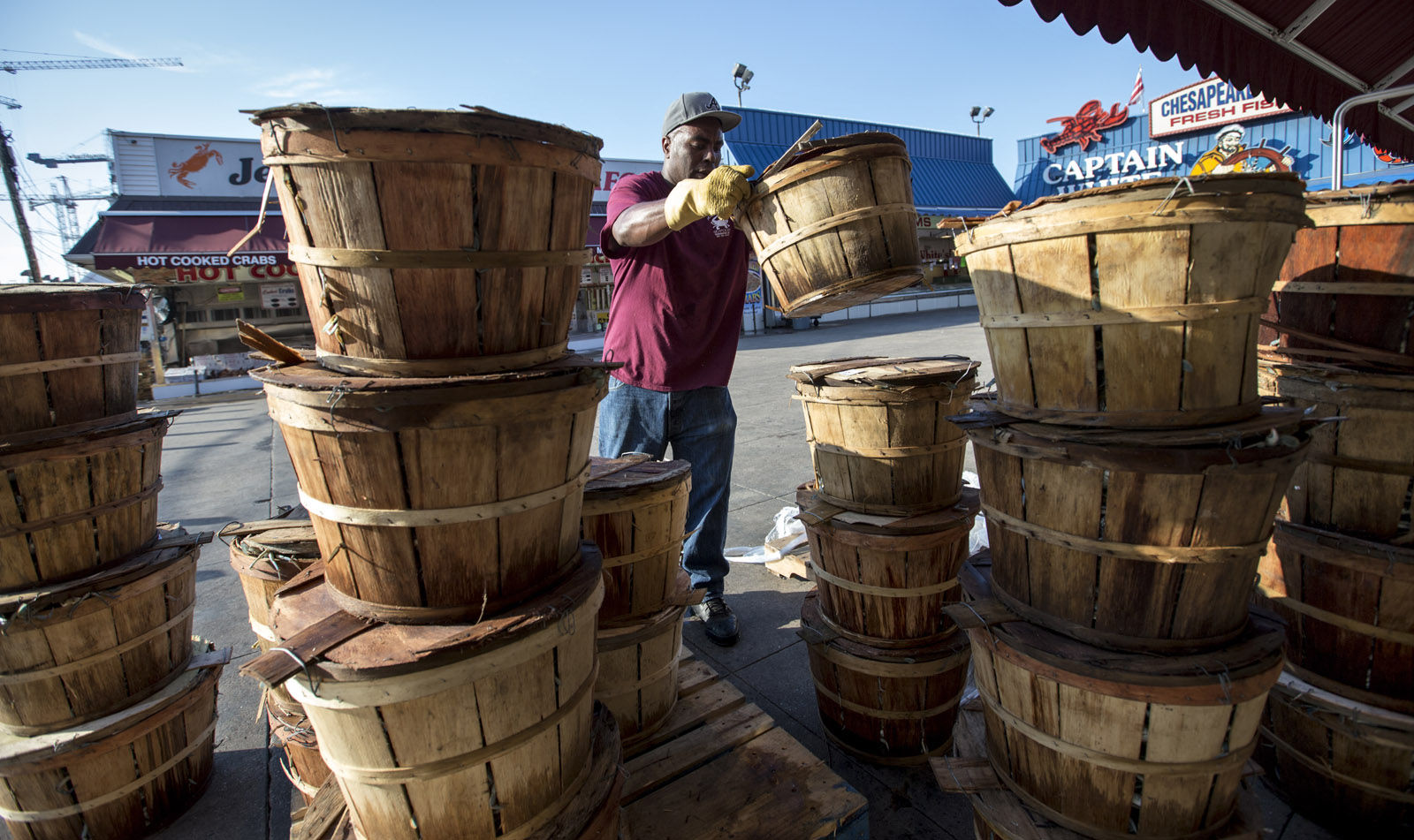
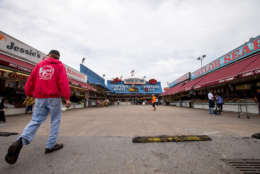
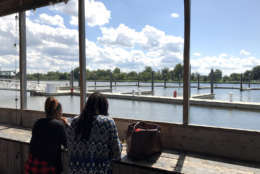
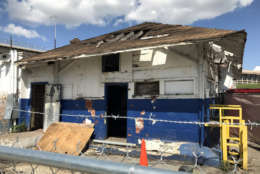
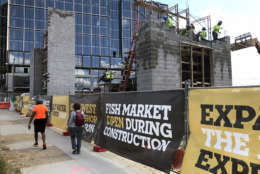
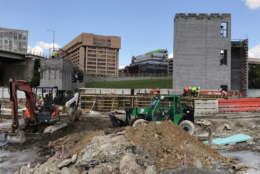
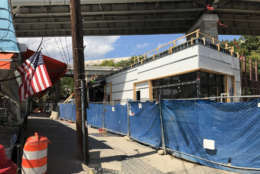
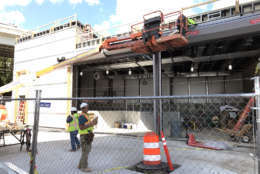
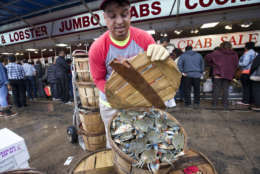
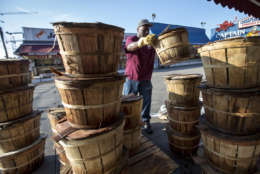
“It’s a really creative way to vent the rum-making process out. In old-fashioned tradition, we’re going to paint letters on the smokestack. I think we’re going to paint ‘Make Rum Not War.’ That would be just cool,” said Hoffman.
As construction at The Wharf advanced, parking at the Fish Market became increasingly difficult, but customers can now use The Wharf’s recently opened underground garage.
For those interested in visiting by boat, a marina with 44 slips is being added where boaters can stay a little while, or overnight. It has electrical and water hookups, as well as bathrooms.
Visitors will soon hear more than just the sounds of fishmongers calling to customers.
“Inside the Fish Market itself is a plaza area where we expect to have live performances and entertainment,” Hoffman said.
During the winter, an ice skating rink will operate nearby.
“The whole composition is going to be a lot of fun, and will draw, I believe, a lot of people,” said Hoffman
An office building, offering premium office space, is going up next to the Fish Market. Hoffman said 80 percent of the building is pre-leased.
“One of the things that tenants are asking, prospects are asking is, ‘Is the fish market staying?’ They’re asking all these same questions. They want to make that part of their lifestyle, for their employees and staffing.”
Stan Kiser, sales manager at Jessie Taylor Seafood, thinks the changes will boost business.
“(If) you get hungry, there’s a place to eat that’s close by. If you can walk, you don’t have to deal with the traffic. That’s big,” he said.
“It’s going to be really nice when everything’s all done,” Kiser added.
But not all of the businesses at the Fish Market are pleased with the project.
Three businesses, including the owner of Captain White Seafood City, filed a lawsuit in federal court against the District and the developers arguing that the District breached its contract with the businesses and that the construction, which reduced the market’s parking lot, would hurt their business. The case is ongoing.
The grand opening of Phase 1 of The Wharf is Oct. 12, but construction in the Fish Market area will take longer to finish.
“I would say April (or) May. Maybe earlier. I’d love it to be earlier. I’d love for it to be at Cherry Blossom Festival (time). But in this particular case it’s better to be right than fast, and we want to get it right,” said Hoffman.
Read more of WTOP’s coverage:
Part 1: DC’s most ambitious redevelopment project set to open
Part 2: Examining The Wharf’s environmental impact
Part 3: Restaurants, retail and entertainment venues take center stage
Part 4: Will The Wharf be a traffic nightmare?

